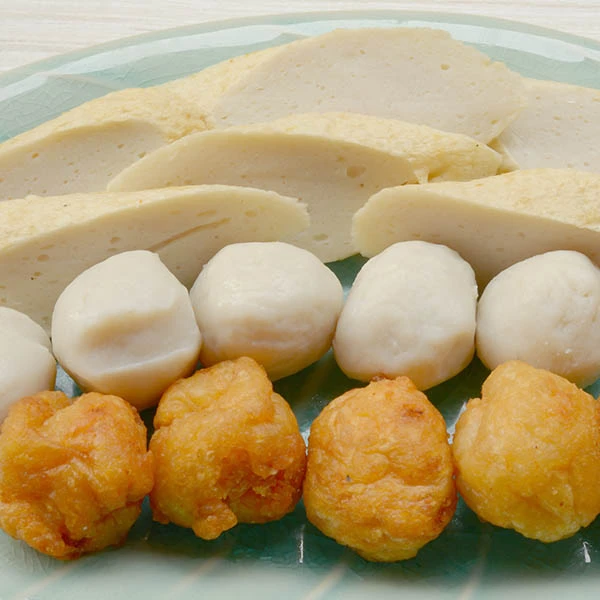Fish Paste Color Measurement

Fish paste, or surimi, is a food product made from fish and is commonly used in a variety of Asian dishes, such as soups, stews, etc. Fish paste is made by mincing or grinding up fish into a paste form and subsequently can be shaped into various forms to make products like fish balls, imitation crab sticks, etc. For manufacturers, the sensory attributes of fish paste and its final products are vital in influencing repeat purchases and competitive differentiation. One of the most important sensory attributes of fish paste and its final products is color. It is often used as an indicator of food quality and can indirectly affect the judgment of other sensory attributes like taste, etc.
Color Assessment of Fish Paste
While the color of fish paste, and its final products, can be assessed visually, it is subjective as color can be perceived differently by different people. Furthermore, the surrounding lighting and size of the sample can affect one’s color judgment. The best approach to assessing the color of fish paste, and its final products, is through color measurement instruments. They can provide objective color measurement and data that can be utilized in various stages of fish paste’s product life cycle. For instance, within research and development, it can be used for precise fish paste evaluations and comparisons of different formulations or ingredient compositions. Within production, it can facilitate the establishment of an objective color threshold for checking the color of incoming raw material and finished fish paste products and also during the processing of fish paste.

Instrumental Color Measurement of Fish Paste
Color measurement instruments measure the amount of light reflected off an object and express them into quantifiable color spaces and indices. The most commonly used color space in the food industry is the CIE LAB color space. The CIE Lab is a three-dimensional color space designed to match colors across different devices. It is based on the tristimulus values of the CIE XYZ color space but uses a polar coordinate system, which makes it more intuitive and easier to use. The L* axis represents lightness, while the a* and b* axes represent the color’s position on the red-green and yellow-blue axes.
Emphasis should be put on the L* and b* axes of the CIE LAB color space when it comes to checking the whiteness of the fish paste. An alternative approach to whiteness measurement is through the one-dimensional scale called the whiteness index. The color of fish paste can be measured in un-cooked paste form or fully cooked final form. The general best practice is to ensure the quantity and thickness of the fish paste sample are consistent for each measurement. Also, multiple measurements should be made and averaged for each fish paste sample.
Konica Minolta Chroma Meter CR-400 Series
Chroma Meter CR-400 and CR-410, widely used in the food industry, are portable and user-friendly color measurement instruments that can measure the color of fish paste or surimi in various forms with ease. The versatile CR-400 and CR-410 come with various color spaces and indices like the CIE LAB and whiteness index. They also feature a user index function that allows users to create their own color evaluation formula for their specific needs. Color tolerance can also be easily configured within the CR-400 and CR-410, facilitating a quick and easy pass/fail color assessment.

CIELAB, Whiteness Index, and User-Index-Function in CR-400 and 410
Measuring the color of fish paste or surimi is made easy with CR-400 and CR-410. Check out this video to learn more about their user-friendly operation and application flexibility.
Require assistance finding the right color measurement instruments to measure the color of your fish paste or surimi? Contact us for a free consultation with our color application specialists now.
